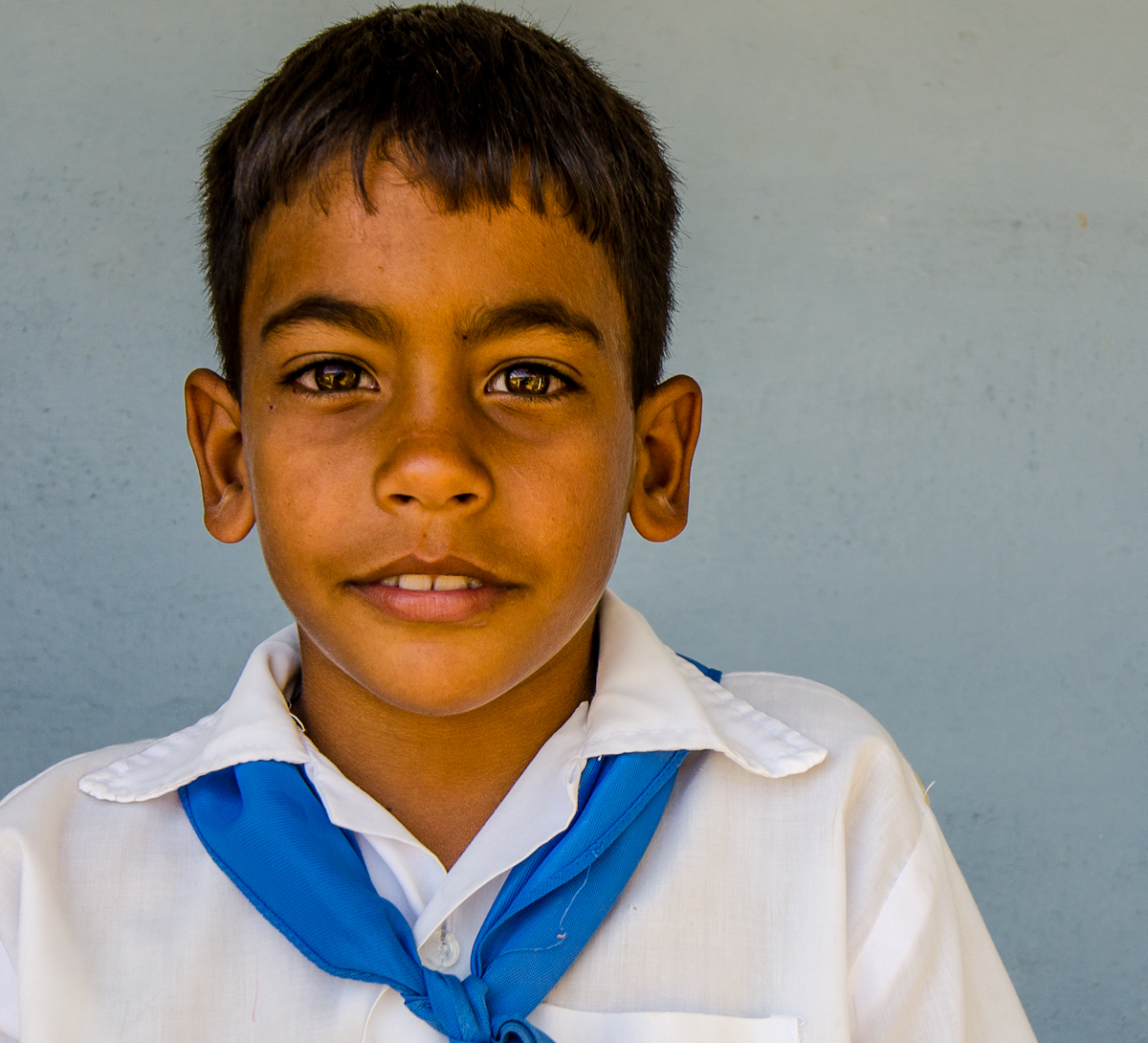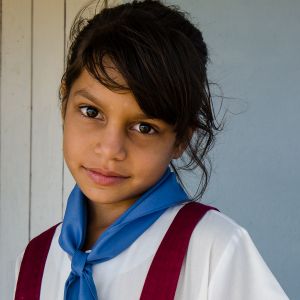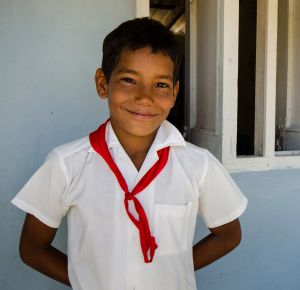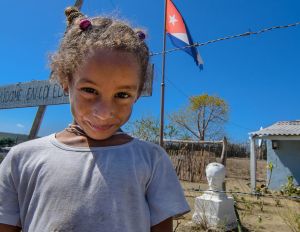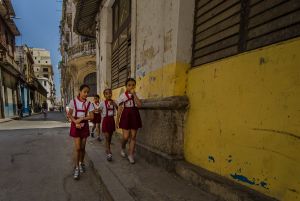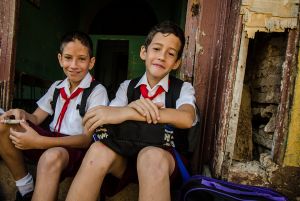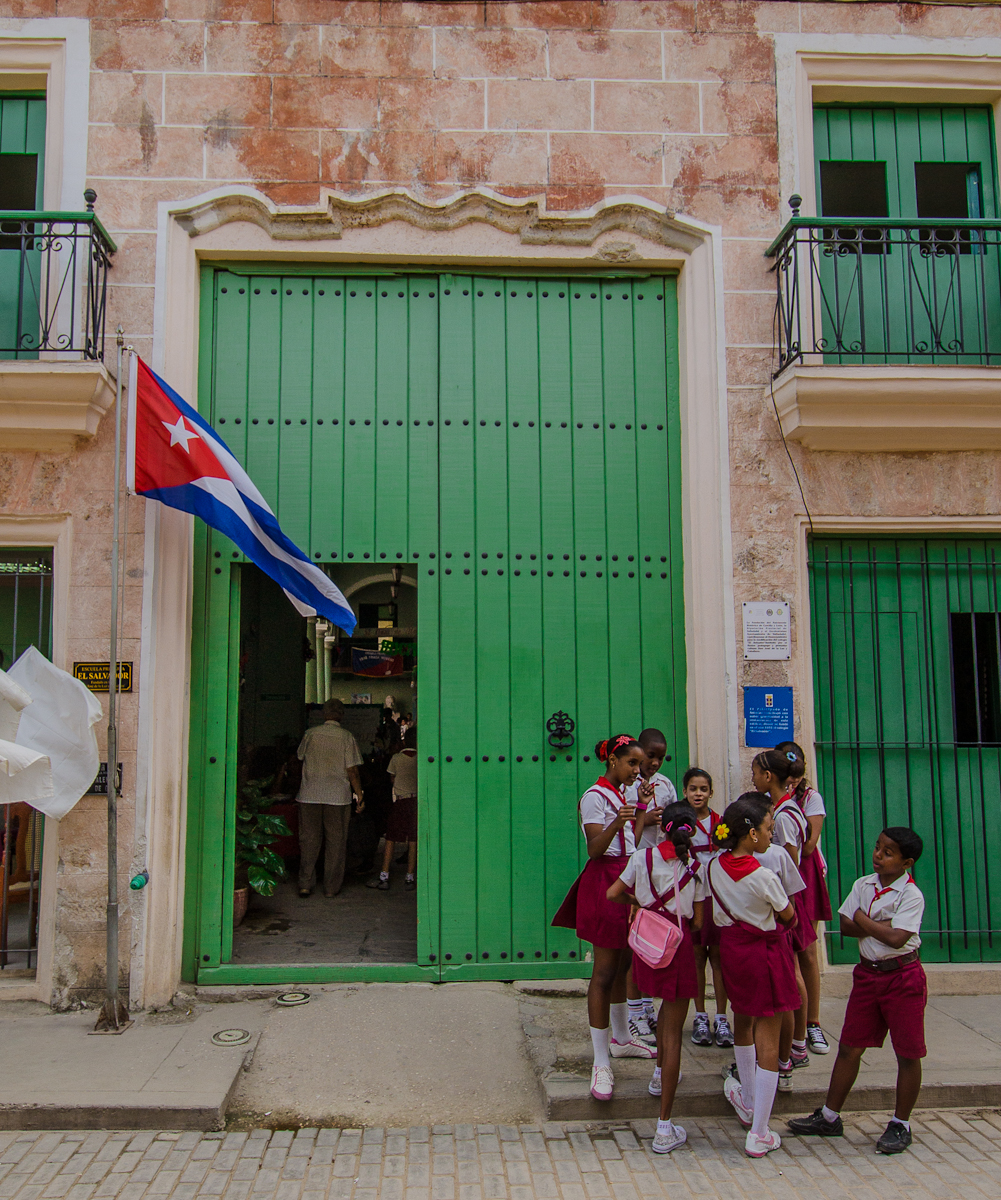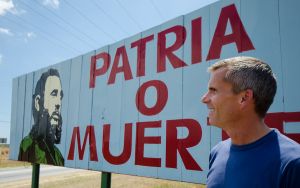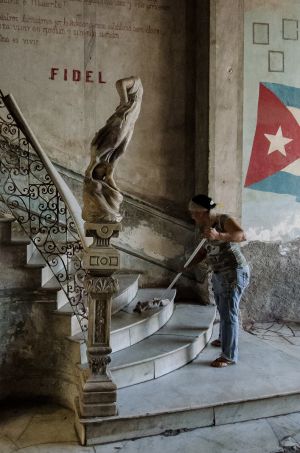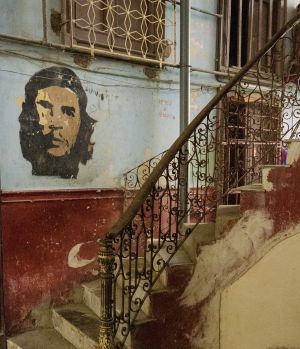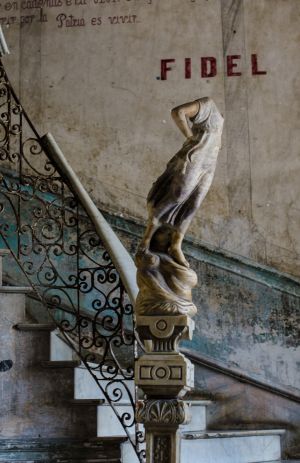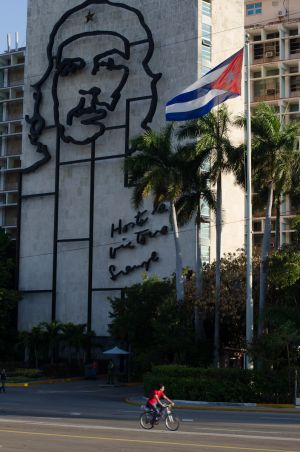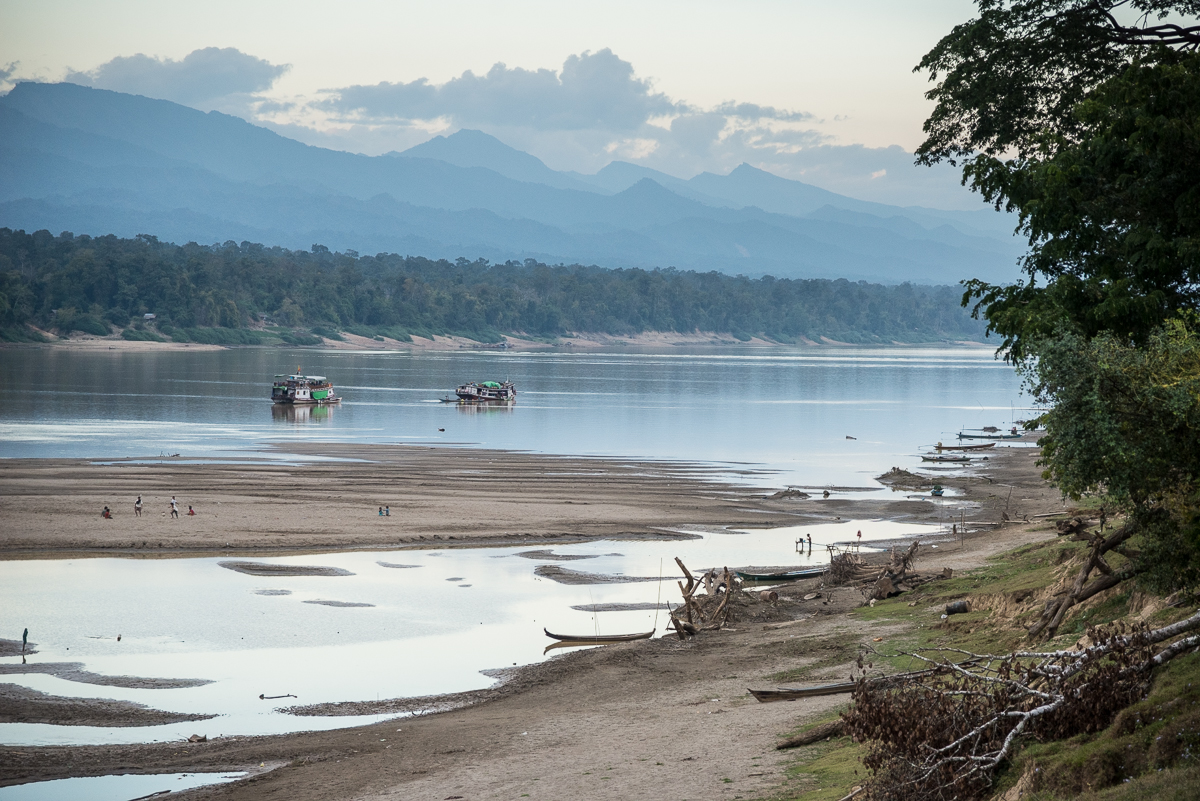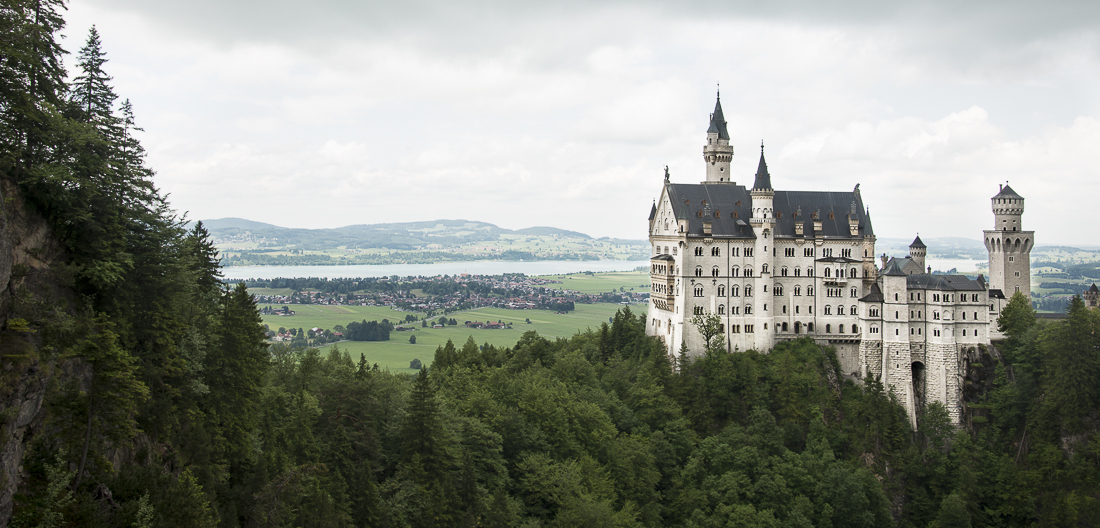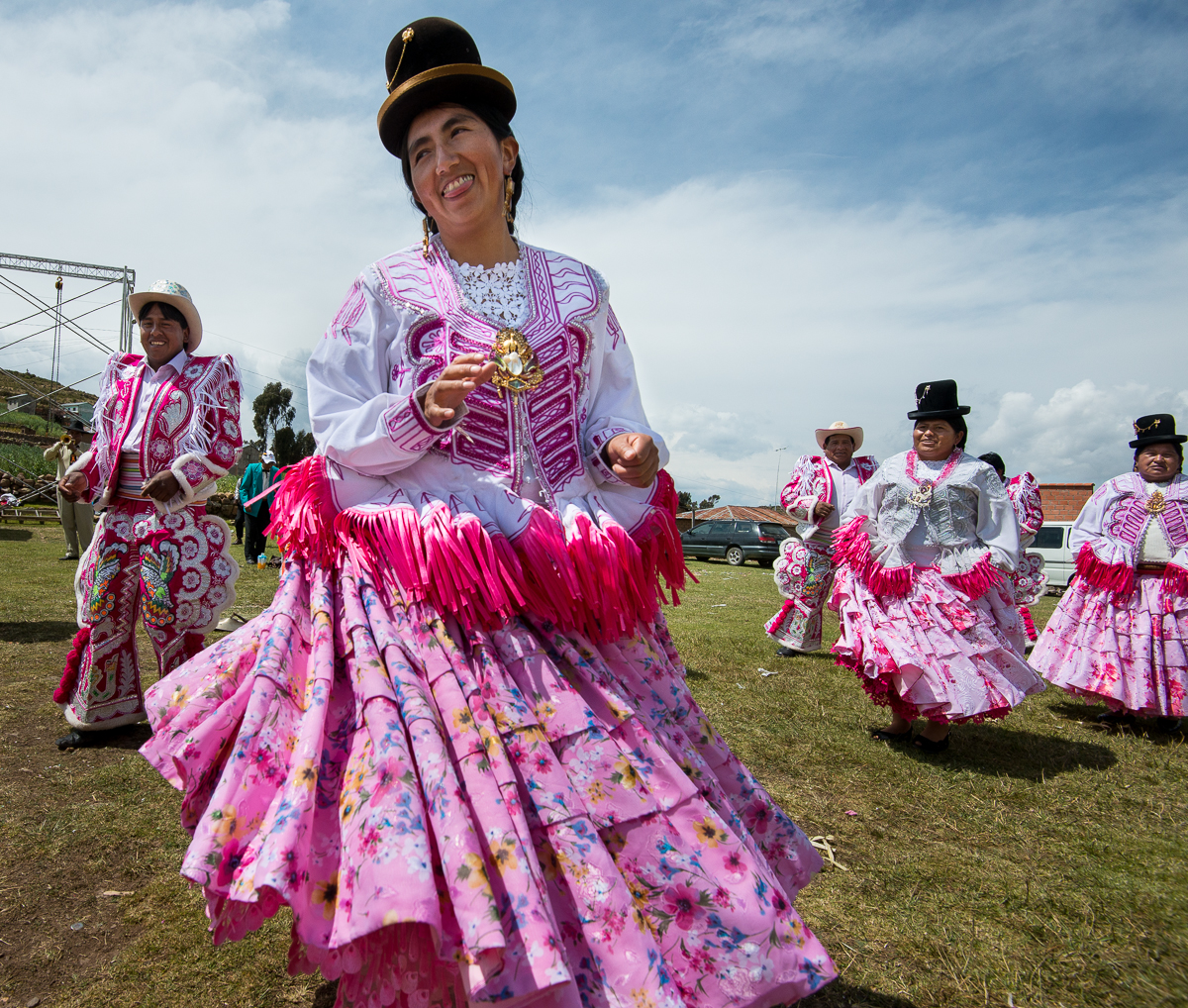No. 7 in a series that started here.
Basic education in Cuba is pretty good (at least by developing-world standards). The school buildings aren’t great, but since labor is cheap and other opportunities are limited, there are plenty of teachers.
In some senses, education – specifically medical education – is now one of Cuba’s biggest exports. A deal with Venezuelan leader Hugo Chavez has sent about 30,000 Cuban doctors and healthcare workers to oil-rich Venezuela; in exchange, Cuba gets $3-4 billion worth of oil every year. Cuba pays those doctors around $300 per year and Venezuela pays Cuba $100,000 or more each for their services. It’s a big part of what’s keeping the Cuban government and economy afloat. Unfortunately, Cubans can make more money peddling cokes or souvenirs to tourists in the streets than they can by becoming doctors, so it’s hard to imagine how this setup will survive.
I got lots of pictures of school kids. The big green doors are a Havana school. The two boys sitting in a schoolhouse doorway are in Trinidad (notice the all-too-typical gaping hole in the building right at the entrance). That little girl with no uniform is a preschooler, standing in front of a two-room rural schoolhouse (you can see the edge of it on the right side of the frame). The close-up shots with pale blue backgrounds are on the porch of that school.
The uniforms are in fact “uniform” across the entire country. Those “neckerchiefs” seemed to be a nice touch, but my inquiries about the significance of the different colors revealed that the scarves signified the kids’ enrollment and participation in the “Pioneers” group. Their slogan (which the school kids have to chant as their “pledge of allegiance”) begins: “Pioneers for Communism.” Suddenly the neckerchiefs weren’t nearly as endearing.
Actually, the long form of that slogan is “Pioneers for Communism; we will be like Che.” “Che” is Che Guevara, who was a key leader in the 1950s revolution that put the Castros and Communists in power. Lots of propaganda and patriotic discourse in Cuba focus on “La Revolucion,” which seems to frame Cubans’ political thinking as “Are you better off now than you were fifty-four years ago?” Contrasting the Castro regime to the 1950s Cuba with an even-worse previous leader/dictator (Batista) yields far more favorable comparison than comparing the current regime against all the progress and possibilities of 21st-century capitalism and democracy. That focus is reinforced with the ever-present iconic image of Che Guevara. That picture is everywhere. Everywhere.
Other government slogans and billboards (often painted on the sides of buildings — even residential buildings) refer to “Defendiendo Socialismo” (defending socialism), or to the evils of capitalism. The Castros apparently don’t see the irony in the fact that those signs mostly stand amid dilapidation and squalor brought about by 50 years in a system that saps all signs of initiative, effort, ambition or personal responsibility.
There are also a lot of signs about the neighborhood “CDRs” – Committees for the Defense of the Revolution, which serve the happy purpose of monitoring every person on every block to ferret out any potential “counter-revolutionary” activity.
Another pervasive “patriotic” theme is the slogan: “Patria o Muerte.” See, for example, the billboard in the picture below. “O Muerte” means “or death.” Literally, “Patria” means “homeland” or “motherland,” but the term seems synonymous with patriotic loyalty. Someone remarked that the phrase arguably paralleled American slogans like “Live free or die,” or “Give me liberty or give me death.” But the Cuban version says nothing about freedom or liberty, and when the phrase is paired with images of a military-clad leader who ruled the country under a one-party Communist regime for 50 years, the message seems completely the opposite.
(Yes, that’s me in front of the Patria o Muerte billboard, so No, I didn’t take that picture. That last image — with Che Guevara’s face on the side of the building — is at Revolution Square, which is the area that’s the center of the federal government. You’re not supposed to take pictures of government buildings, but this one is an exception. In the process of trying to get some basic, touristy pictures of the big monument in the Square and of the big Che and Fidel portraits, though, I had three different police officers blow their whistles at me. Apparently the rule (that day) was that I had to be standing across a street from whatever I was taking a picture of. I wound up with only crappy pictures, but at least I’m not sleeping in a Cuban hoosegow.)
